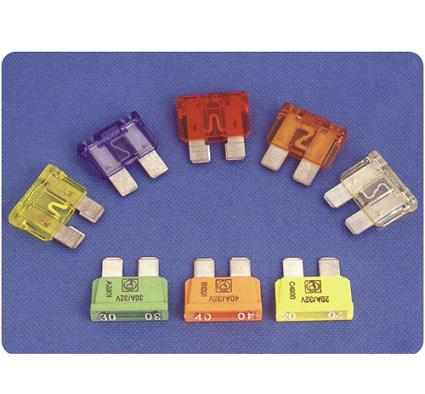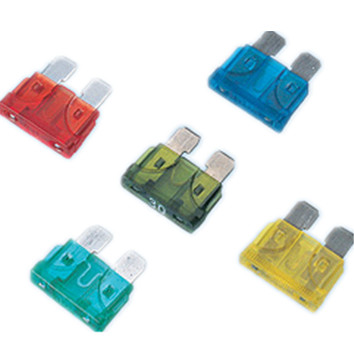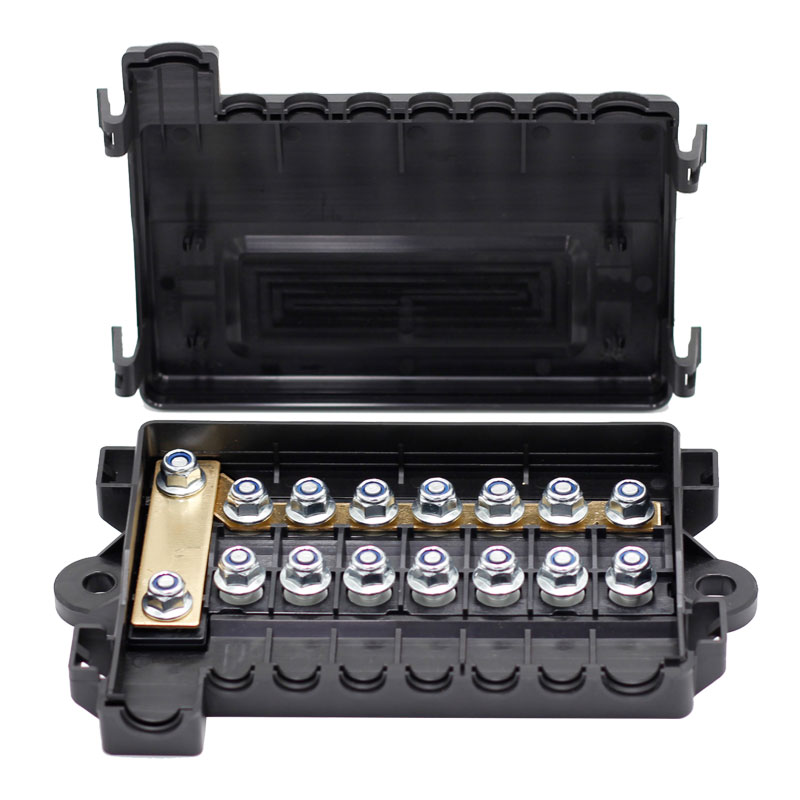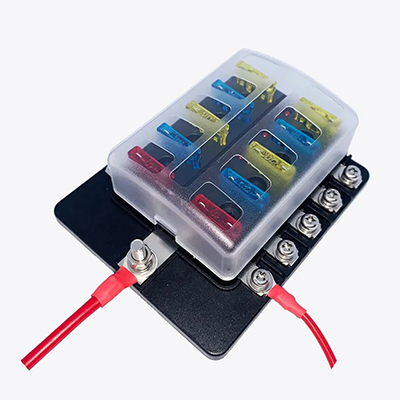In-Depth Analysis of Automotive Fuse Categories: Blade, Glass, and Ceramic Models with Key Specifications
News 2025-10-13
Car fuses are vital safety components in automotive electrical systems, designed to protect against overcurrent by breaking the circuit when necessary. They prevent damage to wiring and devices, ensuring reliable vehicle operation. This article delves into three primary fuse types—blade, glass, and ceramic—highlighting their specifications, ideal applications, and performance benefits. Understanding these differences helps in selecting the right fuse for maintenance or upgrades, enhancing vehicle safety and longevity.

Blade Fuses: Compact and Efficient Design
Blade fuses dominate modern automotive use due to their practical design and ease of integration. These fuses feature a flat, blade-like terminal that slots directly into fuse boxes, available in sizes like mini, standard, and maxi to accommodate various current ratings from 1A to 60A. Their plastic housing and low-profile build make them ideal for space-constrained areas such as dashboard circuits and lighting systems. Performance-wise, blade fuses offer quick response times to overcurrent, minimizing risk of fire or damage, and their affordability makes them a go-to choice for everyday automotive protection in passenger cars and light trucks.
Glass and Ceramic Fuses: Durability in Diverse Environments
Glass fuses provide a transparent body that allows visual inspection of the internal wire, which melts during overcurrent events, making them suitable for diagnostic purposes in older vehicles or low-voltage applications. Typically rated between 250mA and 30A, they excel in scenarios requiring precise current control, such as in audio systems or accessory circuits. Ceramic fuses, constructed with heat-resistant materials, handle higher temperatures and are preferred in engine bays or high-power setups, with ratings up to 50A. Their robust build ensures better longevity in harsh conditions, offering superior arc suppression and reliability compared to glass fuses, thus optimizing performance in demanding automotive environments.
Common Questions and Answers
1. What is the best fuse type for high-temperature areas in cars?
Answer: Ceramic fuses are ideal due to their superior heat resistance and durability in engine compartments.
2. How do I identify a blown fuse in my vehicle?
Answer: Look for a broken wire in glass fuses or use a multimeter for blade and ceramic types to check continuity.
3. Can I use a higher-rated fuse as a substitute?
Answer: No, using a higher-rated fuse can lead to circuit damage or fire; always match the specified rating.


